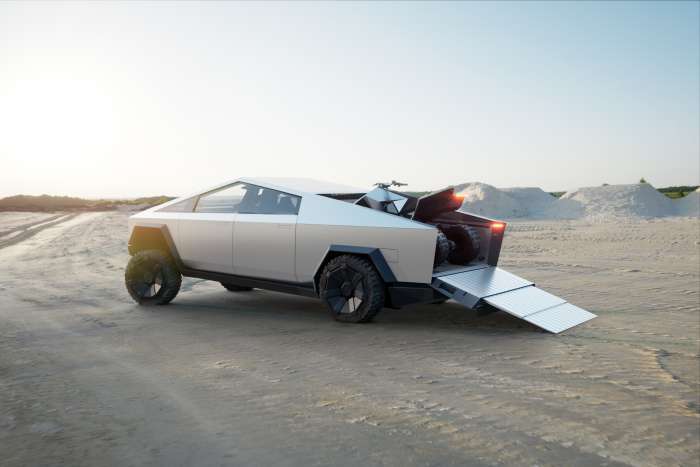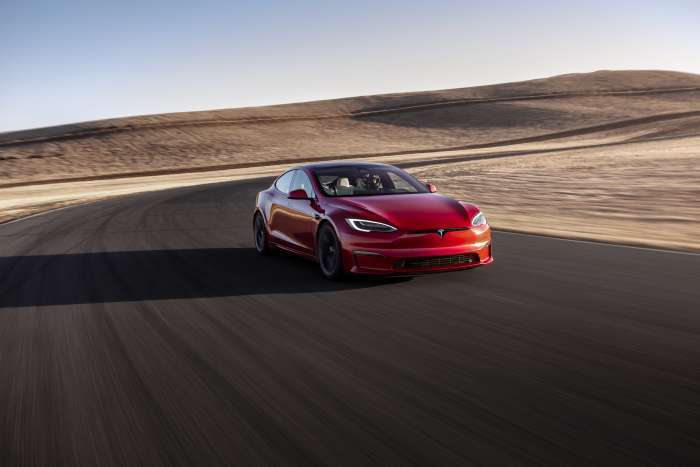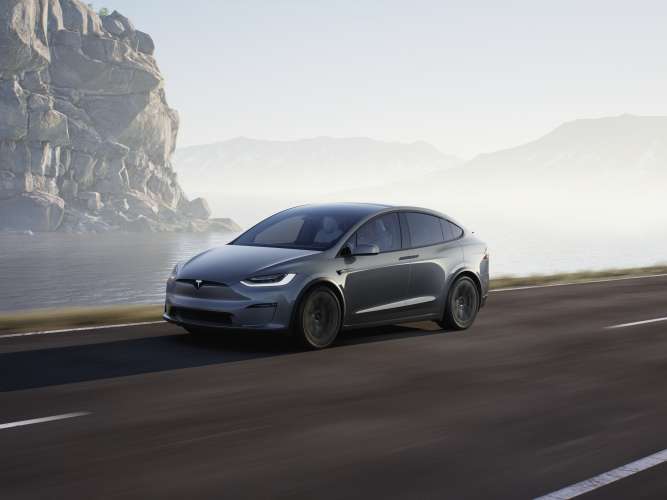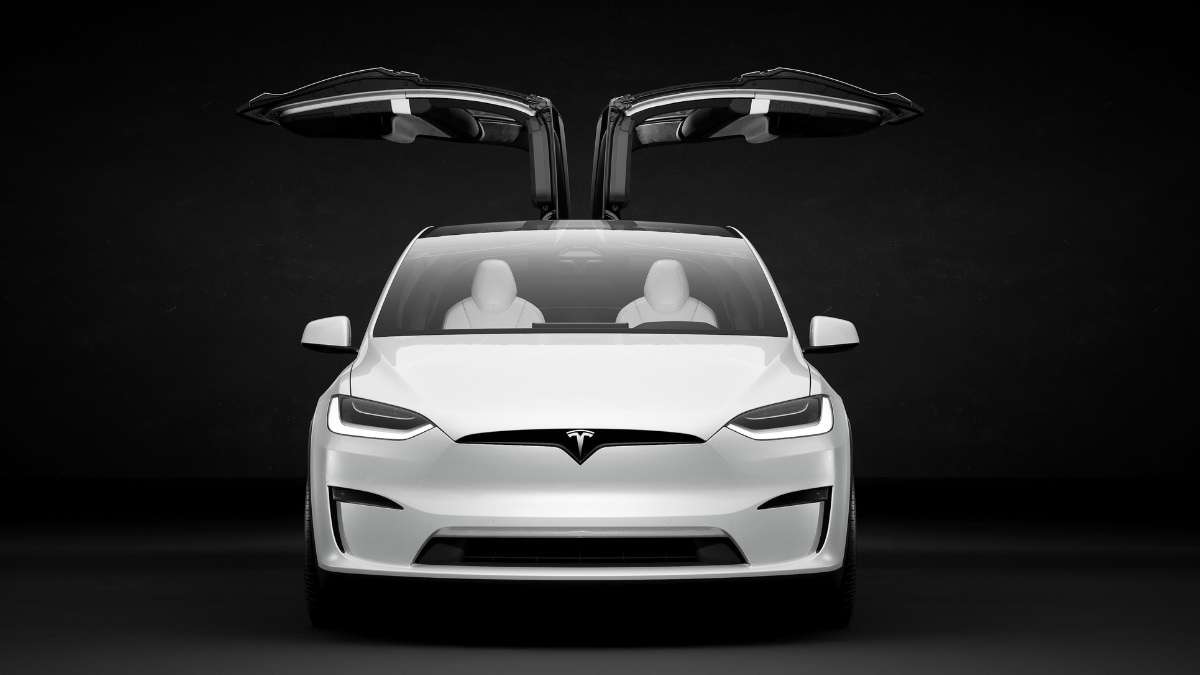On of the - many - areas in which Space X has a direct impact is lightweight materials. Space X has developed advanced lightweight materials for their rocket construction, which directly benefits Tesla vehicles by reducing their weight and increasing efficiency. This applies to the Cybertruck, for obvious reasons, but also to the Model 3 and Model Y, and the current versions of the Model X and S.

Another area is battery technology, as the space company's work on high-energy, long-lasting batteries for spacecraft power systems has helped Tesla improve their own battery technology. We have already reported on 4680 cells and other battery technologies currently being developed by Tesla itself, but also by other external Tesla partners like CATL. Another interesting field directly affected is electric motor design: we can say that the electric motors used in SpaceX rockets have further advanced Tesla's own electric motor development, resulting in faster and more efficient electric vehicles.
Yet another important area impacted is aerodynamics. Broad expertise in aerodynamic designs for rockets has translated into Tesla's ability to create more streamlined and efficient electric vehicles, a fact that is widely shared by experts. In terms of thermal management systems, Space X has developed very advanced units for their rocket engines, and this knowledge has been in turn applied to improve the cooling systems in Tesla vehicles, ensuring optimal performance in various climate conditions.
In the area of software and AI systems, the space company utilizes highly advanced software and artificial intelligence systems for navigation, telemetry, and control of its rockets. These computational advancements have been shared with Tesla, improving their vehicle software, driving assistance, and active safety features. As for manufacturing techniques, being a critical area as well, it is worth mentioning that the revolutionary manufacturing processes used by the space company, such as 3D printing and advanced automation, have directly informed Tesla's production methods, leading to more efficient and cost-effective electric vehicle manufacturing.

Also, in terms of environmental impact reduction, the focus on reusable spacecraft technology dramatically reduces waste and resource consumption in the aerospace industry, and this same mindset drives Tesla's electric vehicles, reducing emissions and promoting environmental stewardship; again, the same logic that applies to autonomous vehicle development, as autonomous technology for maneuvering and landing rockets has inspired Tesla's development of self-driving features in their electric vehicles, making them safer and more reliable.
Regarding a very important area, such as wireless communication systems, the space company's advanced wireless communication systems - essential for data transmission between rockets and ground systems - have influenced Tesla's vehicle-to-vehicle communication, enabling better traffic management and smart transportation systems. Energy storage and generation is yet another area in which experience with energy storage and generation in outer space has led to advancements in Tesla's energy systems, including more efficient energy storage and sustainable solar power solutions for its electric vehicles.
There are 2 more areas in which the impact can clearly be seen: one is advanced sensors and monitoring, as Space X utilizes sophisticated sensors and monitoring systems for tracking rocket performance and detecting potential issues. This technology has been adapted for use in Tesla vehicles, enhancing vehicle diagnostics, maintenance, and safety features. The other is materials science: continuous research and development in materials science not only informs their rocket technology but also extends to Tesla's vehicles, allowing for the creation of stronger, lighter, and more durable electric cars.

Finally there is the issue of enhanced safety features. The rigorous safety protocols and engineering requirements for rockets have greatly influenced Tesla's approach to vehicle safety, leading to improved crash test ratings and advanced safety features for passengers. This includes the use of collision avoidance systems, airbags, structural reinforcements, and the development of new materials and designs that enhance overall vehicle safety and durability.
As we can see the collaboration between Space X and Tesla, driven by Elon Musk's vision and leadership, showcases the possibilities when companies from different industries work together to push the boundaries of innovation. In summary, the cross-industry success achieved by both companies demonstrates the power of innovation, collaboration, and adaptability in driving advancements not only in their respective fields, but also having a direct and positive impact on our daily lives and the environment.
All images courtesy of Tesla Inc.
Nico Caballero is the VP of Finance of Cogency Power, specializing in solar energy. He also holds a Diploma in Electric Cars from Delft University of Technology in the Netherlands, and enjoys doing research about Tesla and EV batteries. He can be reached at @NicoTorqueNews on Twitter. Nico covers Tesla and electric vehicle latest happenings at Torque News.





